How to fill raised beds for the first time? Connecticut
janepod
10 years ago
Related Stories

EVENTSIn Connecticut, a Midcentury Legacy Evolves for Modern Times
A May house tour taps into New Canaan’s rich repository of modernist homes and contemporary designs
Full Story
MY HOUZZMy Houzz: Global Details Add Character to a Connecticut Farmhouse
Lush textiles and gorgeous antiques warm up this classic 1745 East Coast home
Full Story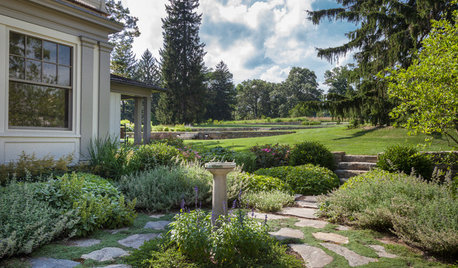
TRADITIONAL HOMESHouzz Tour: Connecticut Farm Restored for Generations to Come
A man renovates his extended family’s stately farmhouse and land. Sustainable practices are used in gardens, wetlands and recreation areas
Full Story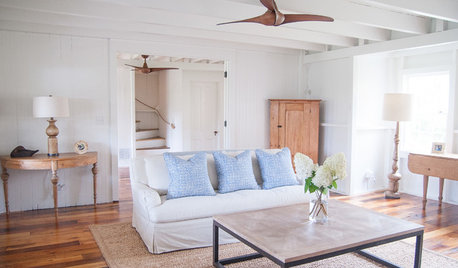
HOUZZ TOURSHouzz Tour: A Connecticut Beach House Builds New Memories
Extensive renovations make an 8-bedroom summer home ready for a family and many guests
Full Story
GARDENING GUIDES10 Easy Edibles for First-Time Gardeners
Focus on these beginner-friendly vegetables, herbs, beans and salad greens to start a home farm with little fuss
Full Story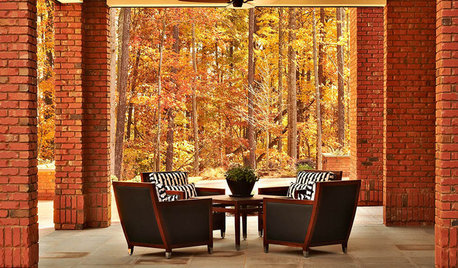
ARCHITECTUREGet a Perfectly Built Home the First Time Around
Yes, you can have a new build you’ll love right off the bat. Consider learning about yourself a bonus
Full Story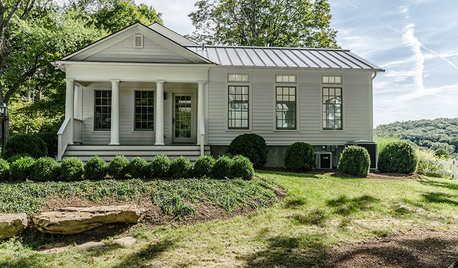
HOUZZ TOURSHouzz Tour: A Revolutionary Renovation in Connecticut
A 200-year-old farmhouse retains elements of its past, like reclaimed wood, yet feels decidedly modern. Yoga, anyone?
Full Story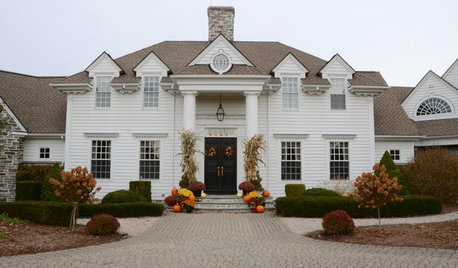
MY HOUZZMy Houzz: Traditional Style Shines in a Connecticut Home
Ample room for entertaining and traditional touches come together in this NYC couple’s weekend retreat
Full Story
HOUZZ TOURSMy Houzz: Color and DIY Creativity in a Connecticut Family Home
A traditional-style house gets a layered modern look
Full Story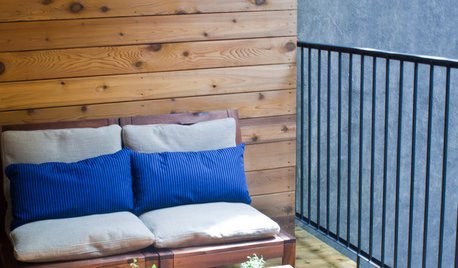
HOUZZ TOURSMy Houzz: An Eclectic, Cozy First-Time Home in Montreal
A Canadian flat rediscovers its original character with a revamped layout and a few polished touches
Full Story





seysonn
2ajsmama
Related Professionals
East Rancho Dominguez Landscape Architects & Landscape Designers · Rancho Cordova Landscape Architects & Landscape Designers · Brandon Landscape Contractors · Broomfield Landscape Contractors · Crystal Landscape Contractors · Deer Park Landscape Contractors · Hurricane Landscape Contractors · Inglewood Landscape Contractors · Red Oak Landscape Contractors · Severna Park Landscape Contractors · Shirley Landscape Contractors · Uxbridge Landscape Contractors · Los Gatos Driveway Installation & Maintenance · New Bedford Driveway Installation & Maintenance · Mount Vernon Driveway Installation & Maintenancedigdirt2
bardamu_gw